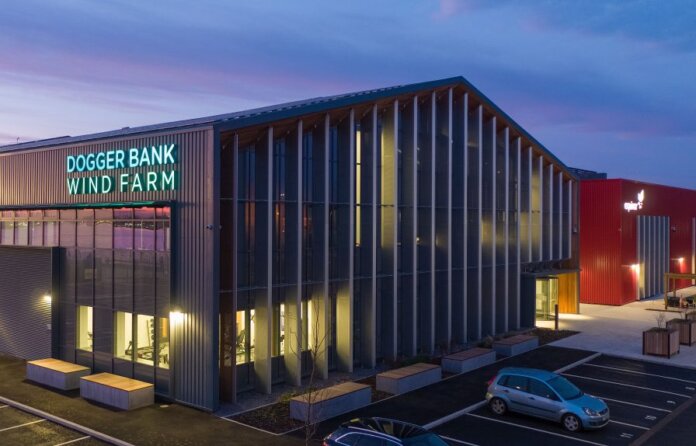New research from renewable energy and sustainability consultancy ERM suggests that most countries employing offshore wind capacity to achieve net-zero carbon emissions are falling behind their stated climate ambitions.
While 19 governments have put targets in place to support the growth of offshore wind markets, ERM analysis finds that only Poland and Ireland are on track to meet their 2030 offshore wind ambitions.
According to ERM’s COP28 Global Offshore Wind Update, operational offshore wind capacity could reach 250 GW worldwide by 2030 – just half of the capacity needed to keep global warming below 1.5 degrees, according to the International Renewable Energy Agency’s (IRENA) latest World Energy Outlook Analysis.
IRENA calculates that the world would need an estimated 494 GW of offshore wind capacity by 2030 and 2,465 GW by 2050 to keep warming below 1.5 degrees. ERM analysis shows that operational offshore wind capacity needs to increase more than seven-fold over the next seven years to meet this target.
To put this into perspective, the additional capacity needed by 2030 is equivalent to 90 Dogger Banks, the largest consented offshore wind farm (4.8 GW). To meet the 2050 target, the equivalent of 501 Dogger Banks would need to be constructed.
Among the 19 countries, a total of 255 GW is targeted to be installed. Of this, ERM forecasts only 160 GW to be operational by 2030. Seven countries are expected to miss their targets by 50% to 100%.
“The offshore wind industry has experienced a lot of headwinds in 2023 – government and industry need to work together to solve the supply chain, price inflation and policy challenges blocking more widespread project development,” says Breanne Gellatly, ERM partner and global lead for strategy and markets.
“There is no single body who can solve this alone and accelerating offshore wind deployment requires involvement from multiple stakeholders across policy makers, developers, supply chain and industry, making the discussions and outcomes of COP28 critical to enabling the offshore wind industry to play its role in tackling climate change.”
The report emphasizes several critical barriers that are currently hindering the offshore wind sector’s progress. These barriers comprise constrained supply chain resources, insufficient financial support, the slow pace of development in new offshore wind markets, and lengthy timelines for project development. It is clear that these issues are posing a threat to the swift evolution required in the offshore wind industry to meet net zero targets.
Despite the shortfalls, the report does find one bright spot. Since COP27, over 7 GW of capacity became operational, and nearly 40 GW of capacity secured financial support, progressing projects to the next stage of development.
Additionally, numerous countries across all regions of the globe continue to develop and progress offshore wind policies and frameworks. As a result, near 400 GW of new projects were announced over the past 12 months, and the total global offshore wind portfolio increased by near 30%.
For more information about the report, click here.




